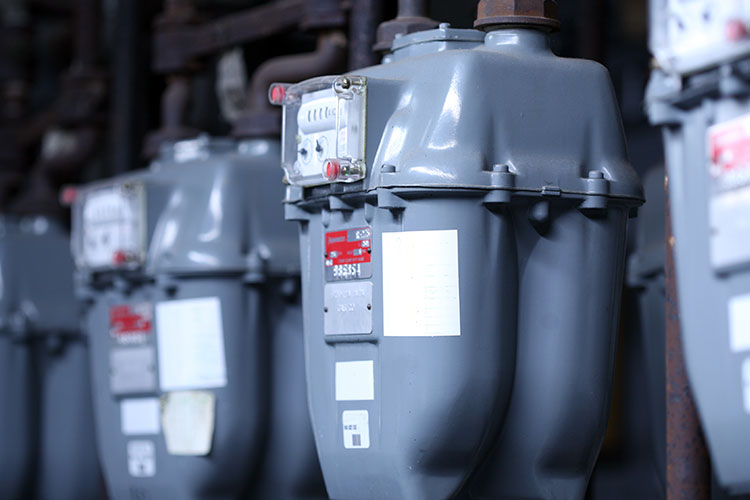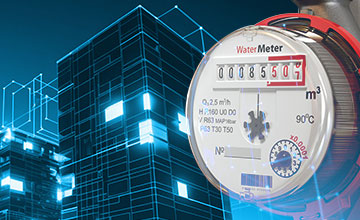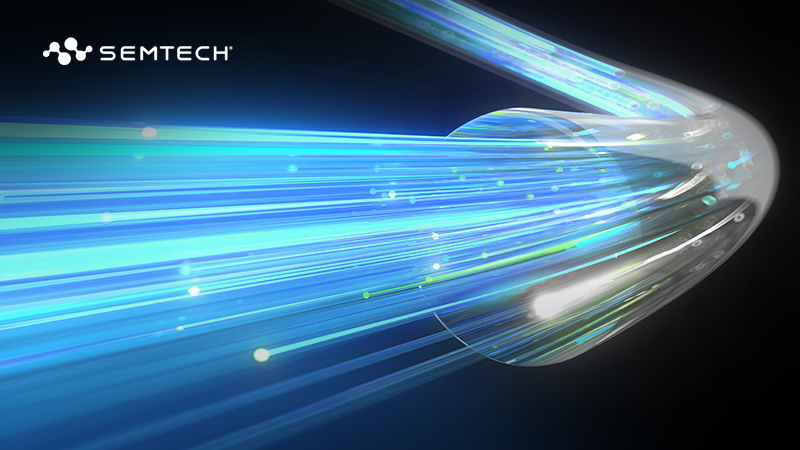Overview
The GX4002 is a low-power, high-speed 2 x 2 crosspoint switch, with robust signal conditioning circuits for driving and receiving high-speed signals through backplanes. The device consumes as low as 600mW of power (typical) with all channels operational. Unused portions of the chip can be turned off in order to further reduce power consumption.
The signal conditioning features of the GX4002 include per-input clock and data recovery (CDR), programmable equalization and per-output programmable de-emphasis. The input equalizer removes ISI jitter—typically caused by PCB trace losses—by opening the input data eye in applications where long PCB traces are used. The integrated CDR "resets" the jitter budget, effectively erasing the signal distortion that can occur during transmission.
Output pre-emphasis capability provides a boost of the high-frequency content of the output signal, such that the data eye remains open after passing through a long interconnect of PCB traces and connectors.
The GX4002 features an integrated analog-to-digital converter, which, through the serial interface, provides digital diagnostic information about supply voltage and die temperature.
The GX4002 device is packaged in a small-outline 5mm × 5mm 32-pin, high-frequency QFN package with exposed pad.
The GX4002 is Pb-free, and the encapsulation compound does not contain halogenated flame retardant. This component and all homogeneous sub components are RoHS-compliant.
Order Codes
- GX4002-INE3: Lead-Free, RoHS Compliant, Tray-490 Pieces
PB Free/ROHS
Learn More →Features
- 2 x 2 crosspoint switch architecture
- Integrated CDR with 9.95 to 11.3Gbps and 14.025Gbps reference-free operation
- Automatic rate detect
- Sophisticated dynamic on-chip power management control
- Multiple user-programmable power-down saving modes
- Independent programmable input trace equalization to reduce deterministic jitter (ISI)
- Independent programmable output pre-emphasis for driving long board traces
- Digital control through I2C interface
- Integrated analog-to-digital converter, which provides access to digital diagnostic information on supply voltage and die temperature
- Integrated eye monitor and PRBS7 generator/checker
- Polarity invert, output mute functions available
- Single 3.3V supply (±5%)
- On-chip I/O termination
- Low power consumption: 600mW typical
- Low power option for 4.25 & 8.5Gbps operation: 360mW typical
- 5mm x 5mm 32-pin QFN package
- -40°C to +100°C case operation
- RoHS compliant
Applications
- Enterprise and carrier applications
- 10GbE, Fibre Channel and InfiniBand networks
- Redundancy switching
- Retimer for 10Gbps and 14Gbps backplane and linecards
Inventory
| Product | Country | Distributor | Qty | Buy |
|---|

















.png)

















